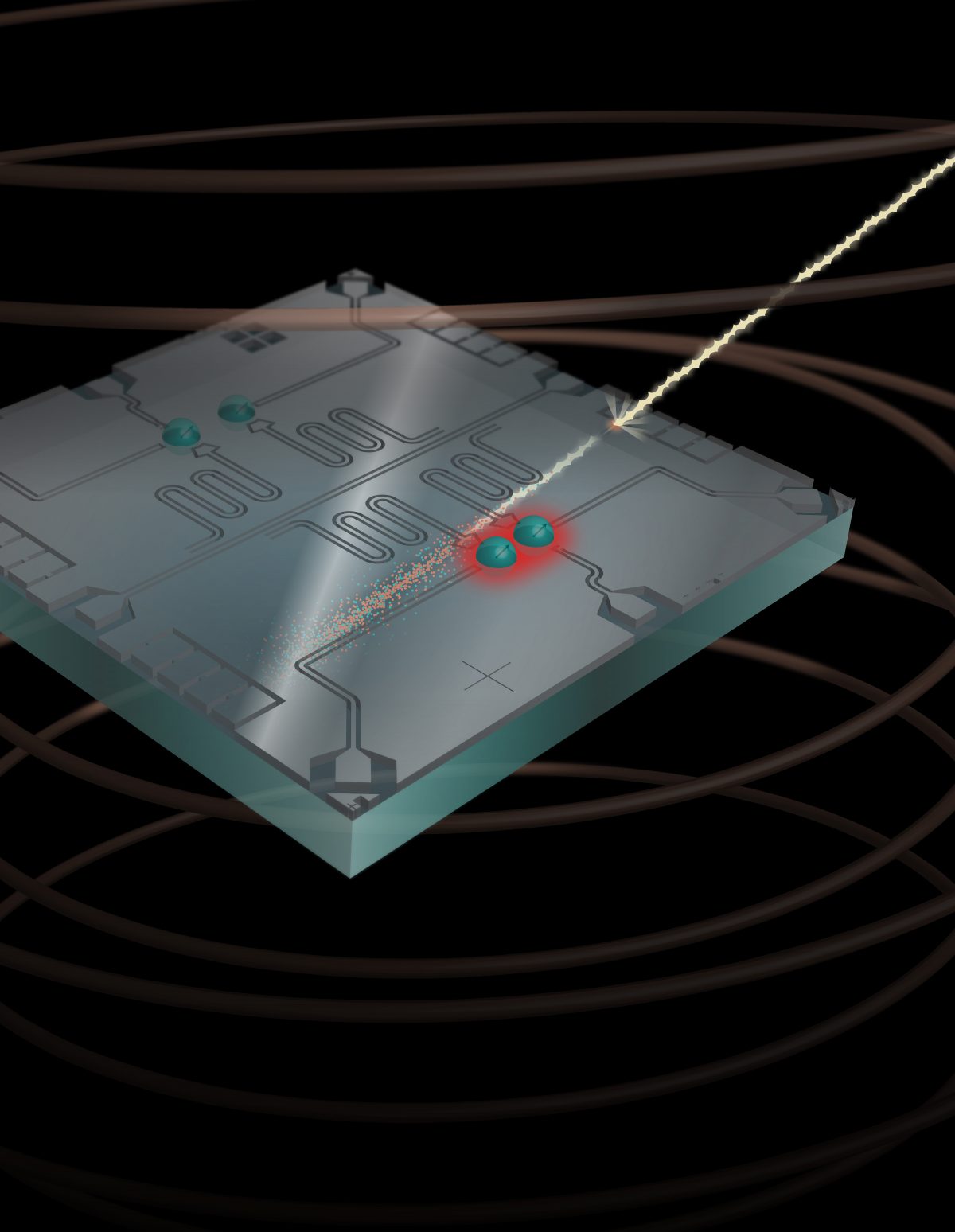
(LLNL), Livermore, CA (United States) Fermi National Accelerator Lab. Publication Date: Wed Jun 16 00:00: Research Org.: Lawrence Livermore National Lab. Google, Inc., Venice, CA (United States).of Wisconsin, Madison, WI (United States) Sorbonne Univ., Paris (France)

Istituto Nazionale de Fisica Nucleare (INFN), Rome (Italy).(FNAL), Batavia, IL (United States) Univ.

of Wisconsin, Madison, WI (United States) Robust quantum error correction will require the development of mitigation strategies to protect multiqubit arrays from correlated errors due to particle impacts. The resulting correlated errors are explained in terms of the charging event and phonon-mediated quasiparticle poisoning associated with absorption of gamma rays and cosmic-ray muons in the qubit substrate. Here, we characterize a superconducting multiqubit circuit and find that charge fluctuations are highly correlated on a length scale over 600 µm moreover, discrete charge jumps are accompanied by a strong transient suppression of qubit energy relaxation time across the millimeter-scale chip.

Another crucial requirement is that errors cannot be correlated. While the Heisenberg Uncertainty Principle precludes simultaneous monitoring of X- and Z-flips on a single qubit, it is possible to encode quantum information in large arrays of entangled qubits that enable accurate monitoring of all errors in the system, provided the error rate is low. Unlike classical bits, which are susceptible to only one type of error, quantum bits (“qubits”) are susceptible to two types of error, corresponding to flips of the qubit state about the X- and Z-directions. In This report, the central challenge in building a quantum computer is error correction.


 0 kommentar(er)
0 kommentar(er)
